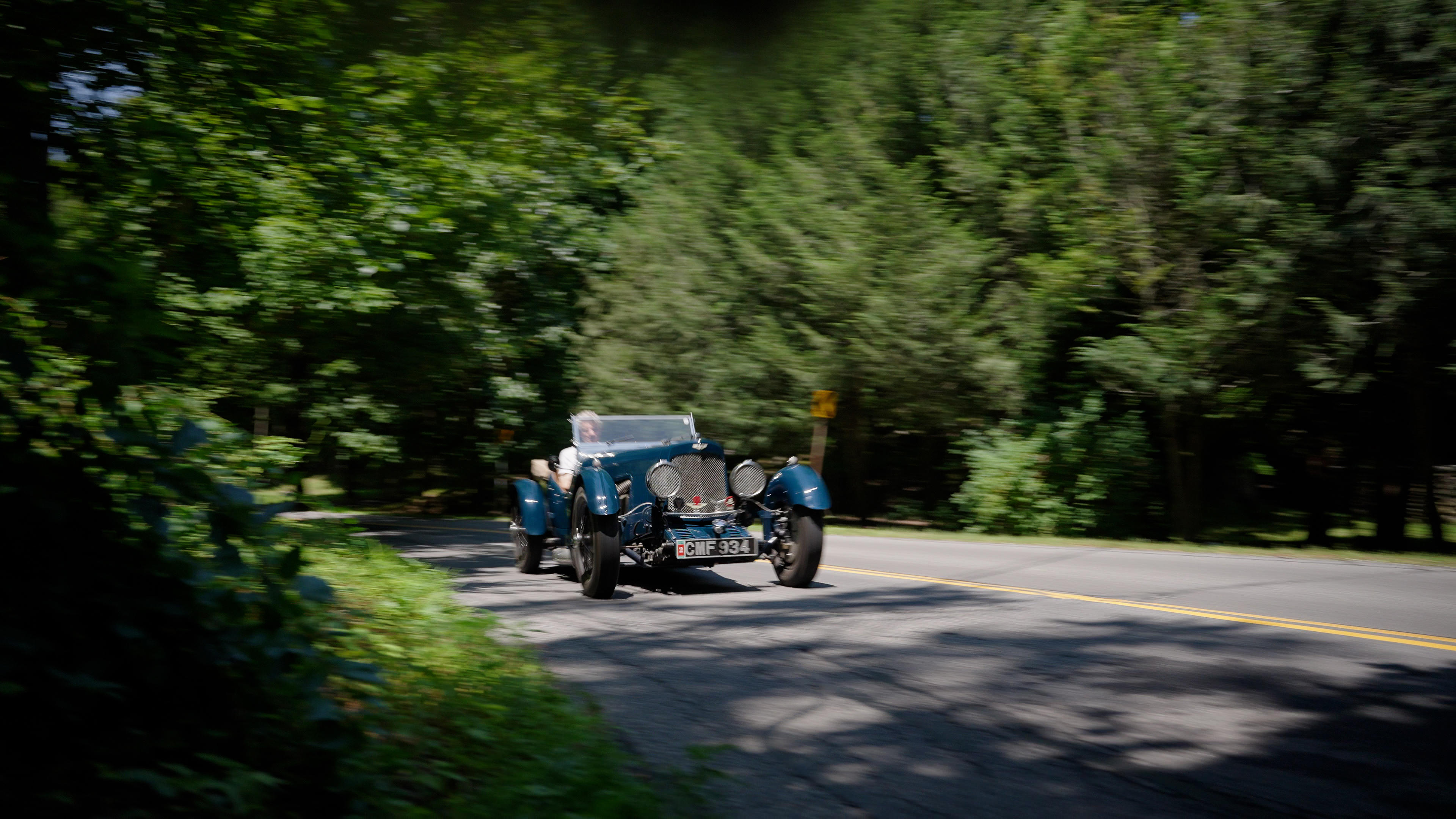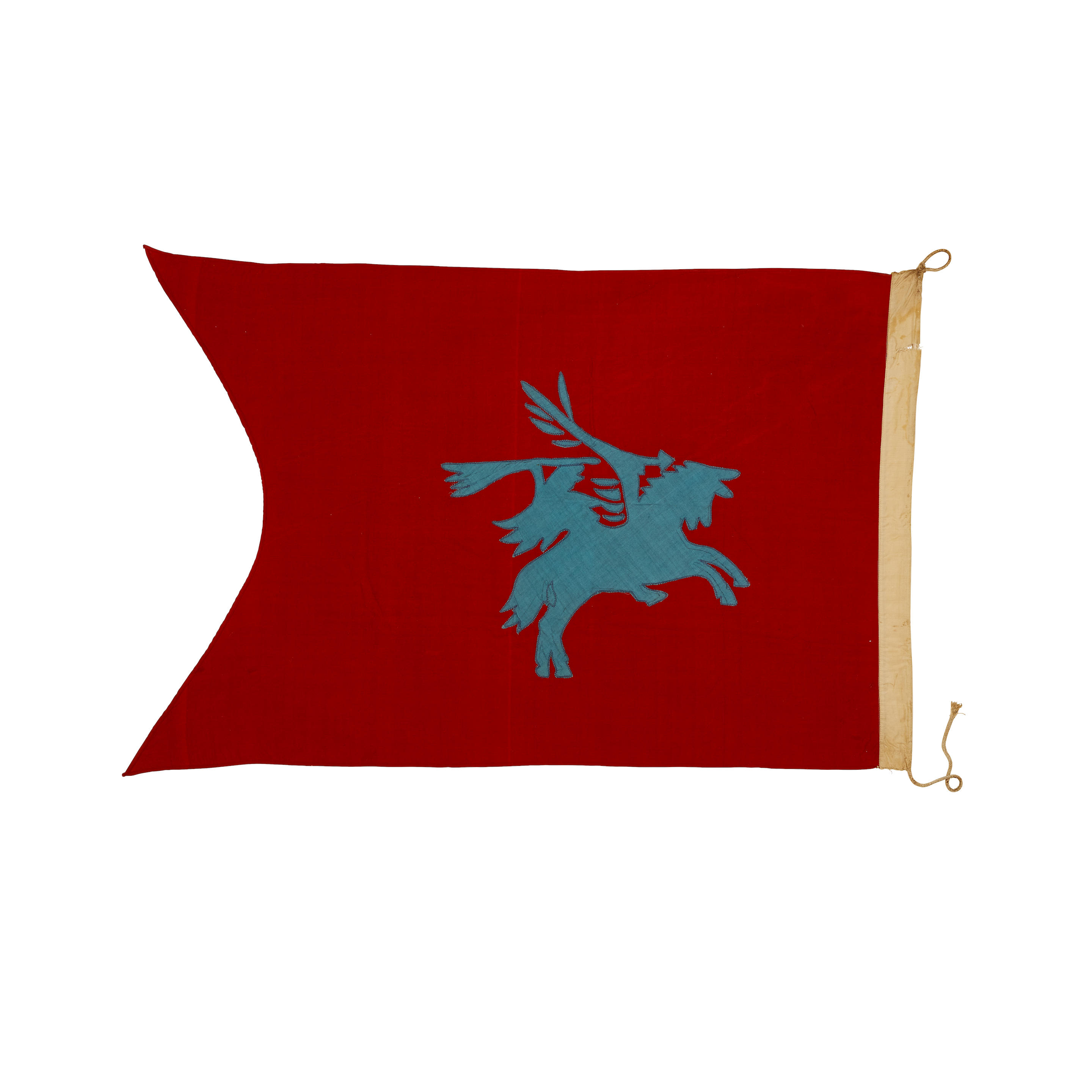2-Cylinder Double-Acting Steam Engine Approximately 6.5HP Direct Gear Drive Rear Axle 4-Wheel Fully Elliptic Leaf Spring Suspension Rear Band-Type Brakes *Well known example of the model *Comprehensively restored by Bob Mead *Shown at the Greenwich Concours d'Elegance *Regularly used and toured STANLEY When all was well, the little Stanley runabouts probably provided more pleasurable motoring than anything else on the market at the turn of the century - that is if they were handled properly - they ran very quietly and with that effortless smoothness which no petrol car of the time could rival. They were also quite lively...' - Anthony Bird, 1967. Francis E and Freeland O Stanley were identical twins, whose Stanley Dry Plate Company produced photographic equipment. The brothers also designed steam cars, experimenting with a solitary prototype in 1887 before reviving the project in 1897. By the following year they had completed three more, one of which completed a spectacular demonstration in Charles River Park, Boston where it successfully scaled an 80ft incline that had defeated its rivals. Orders for 200 cars resulted and the Stanleys were in business. The story of F.E. and F.O. Stanley, the ingenious identical twins from Kingfield, Maine, is fairly well known. Having made a small fortune in photographic plates, they turned their talents to automobiles in 1896. But before they had built more than a few cars they sold the business to outside investors. Within a few years they bought the company back at a fraction of the sales price and began production of a completely new model. For decades, however, the design of the first new model has remained a mystery. This car, the missing link in Stanley history, fills in the gaps. By the autumn of 1897 the Stanleys had built their first steam car. Over the next year they built several more, in their dry plate factory at Newton, Massachusetts. In November 1898, they were invited to enter one of their new cars in a "motor carriage contest" at Charles River Park, a bicycle racing track, in nearby Cambridge. Competing against twelve other vehicles, steam, gasoline and electric, the Stanleys' car won the hill-climbing competition, and circling the oval track it covered a mile in two minutes, 11 seconds, by the Stanleys' account setting a world record. The response of the crowd was so enthusiastic that within two weeks they had reportedly received orders for 200 cars and decided to begin manufacturing them. They had hardly begun, however, when a visitor arrived at the Stanleys' plant. "I am John Brisben Walker," he said, "and I have come to buy a half interest in your automobile business." They Stanleys did not wish to sell, so they quoted him what they thought was an astronomical price: $250,000 for the whole business. To their surprise, Walker, publisher of The Cosmopolitan magazine, accepted the deal, although he had yet to raise the money. With the backing of Amzi Lorenzo Barber, "The Asphalt King" who had made millions paving the nation's cities, Walker took over the Stanleys' business, engaging the twins to act as "general managers." The Stanley car became the Locomobile, immediately popular and for a time the best-selling car in America. But Walker and Barber soon took to quarreling, and the Stanleys found they didn't like working for others. By September 1899 they were "rusticating in the Maine woods," according to one account, and waiting out the one-year period during which they had agreed to refrain from the manufacture of steam cars. "During the interval between 1899 and 1901 we were not idle," wrote F.O. Stanley many years later. "We had designed a car far superior to any before made." However, the development of the Stanley car from the time the twins left Locomobile until they marked their formal return to the industry is not well recorded. There was great fanfare in the automotive press in January 1902, when new models were announced, and it is this type of car that is freque
2-Cylinder Double-Acting Steam Engine Approximately 6.5HP Direct Gear Drive Rear Axle 4-Wheel Fully Elliptic Leaf Spring Suspension Rear Band-Type Brakes *Well known example of the model *Comprehensively restored by Bob Mead *Shown at the Greenwich Concours d'Elegance *Regularly used and toured STANLEY When all was well, the little Stanley runabouts probably provided more pleasurable motoring than anything else on the market at the turn of the century - that is if they were handled properly - they ran very quietly and with that effortless smoothness which no petrol car of the time could rival. They were also quite lively...' - Anthony Bird, 1967. Francis E and Freeland O Stanley were identical twins, whose Stanley Dry Plate Company produced photographic equipment. The brothers also designed steam cars, experimenting with a solitary prototype in 1887 before reviving the project in 1897. By the following year they had completed three more, one of which completed a spectacular demonstration in Charles River Park, Boston where it successfully scaled an 80ft incline that had defeated its rivals. Orders for 200 cars resulted and the Stanleys were in business. The story of F.E. and F.O. Stanley, the ingenious identical twins from Kingfield, Maine, is fairly well known. Having made a small fortune in photographic plates, they turned their talents to automobiles in 1896. But before they had built more than a few cars they sold the business to outside investors. Within a few years they bought the company back at a fraction of the sales price and began production of a completely new model. For decades, however, the design of the first new model has remained a mystery. This car, the missing link in Stanley history, fills in the gaps. By the autumn of 1897 the Stanleys had built their first steam car. Over the next year they built several more, in their dry plate factory at Newton, Massachusetts. In November 1898, they were invited to enter one of their new cars in a "motor carriage contest" at Charles River Park, a bicycle racing track, in nearby Cambridge. Competing against twelve other vehicles, steam, gasoline and electric, the Stanleys' car won the hill-climbing competition, and circling the oval track it covered a mile in two minutes, 11 seconds, by the Stanleys' account setting a world record. The response of the crowd was so enthusiastic that within two weeks they had reportedly received orders for 200 cars and decided to begin manufacturing them. They had hardly begun, however, when a visitor arrived at the Stanleys' plant. "I am John Brisben Walker," he said, "and I have come to buy a half interest in your automobile business." They Stanleys did not wish to sell, so they quoted him what they thought was an astronomical price: $250,000 for the whole business. To their surprise, Walker, publisher of The Cosmopolitan magazine, accepted the deal, although he had yet to raise the money. With the backing of Amzi Lorenzo Barber, "The Asphalt King" who had made millions paving the nation's cities, Walker took over the Stanleys' business, engaging the twins to act as "general managers." The Stanley car became the Locomobile, immediately popular and for a time the best-selling car in America. But Walker and Barber soon took to quarreling, and the Stanleys found they didn't like working for others. By September 1899 they were "rusticating in the Maine woods," according to one account, and waiting out the one-year period during which they had agreed to refrain from the manufacture of steam cars. "During the interval between 1899 and 1901 we were not idle," wrote F.O. Stanley many years later. "We had designed a car far superior to any before made." However, the development of the Stanley car from the time the twins left Locomobile until they marked their formal return to the industry is not well recorded. There was great fanfare in the automotive press in January 1902, when new models were announced, and it is this type of car that is freque















Try LotSearch and its premium features for 7 days - without any costs!
Be notified automatically about new items in upcoming auctions.
Create an alert